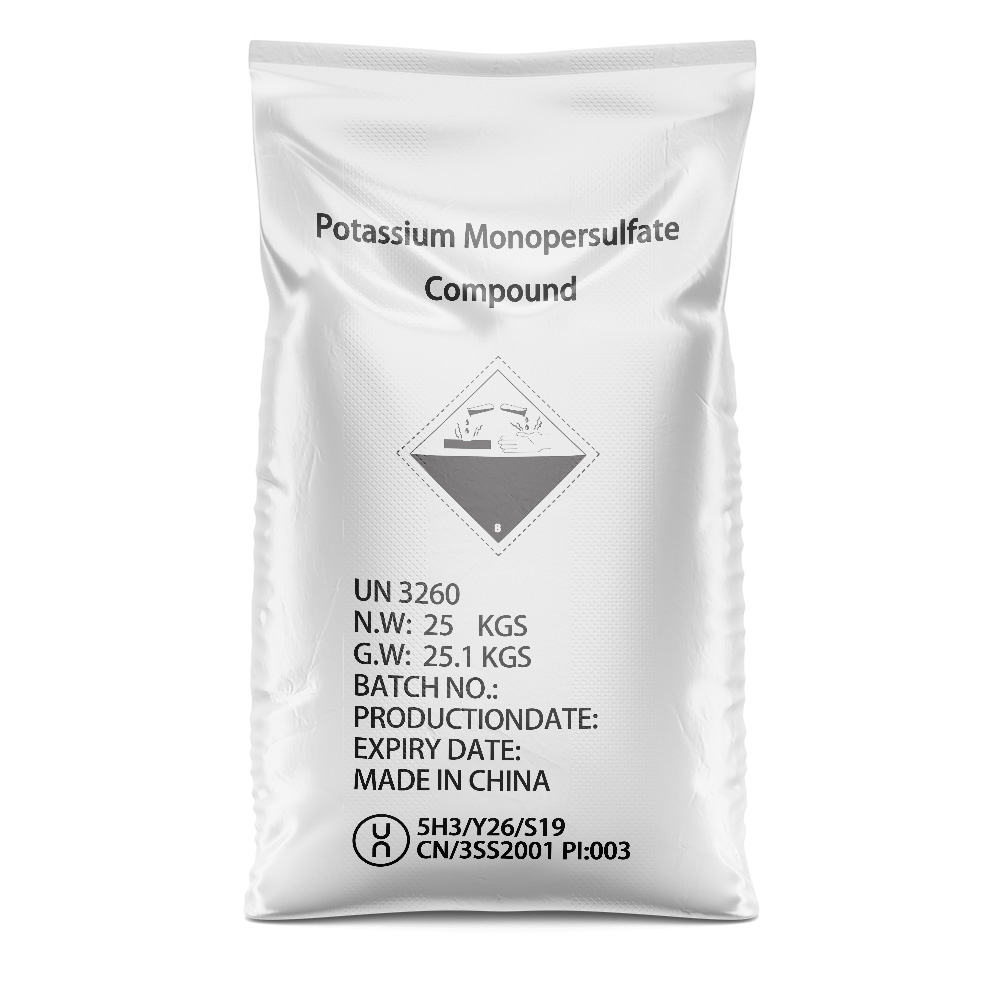



The Role of Caustic Soda in Food Processing and Safety Standards
Caustic Soda in Food Uses and Considerations
Caustic soda, chemically known as sodium hydroxide, is a highly versatile compound with a variety of applications across different industries. In recent years, its use in the food industry has garnered attention, particularly as food safety and quality become increasingly important to consumers. While caustic soda may invoke concerns due to its highly alkaline nature, when used correctly and in regulated quantities, it serves specific purposes in food processing that contribute to both safety and culinary attributes.
What is Caustic Soda?
Sodium hydroxide is a white, odorless solid that is highly soluble in water, resulting in a strong alkaline solution. It is known for its ability to react with acids and is often used in the production of soaps, detergents, and various chemicals. In the context of food, caustic soda is mainly used in food processing and preparation, particularly for its ability to alter food textures, assist in peeling fruits and vegetables, and prevent microbial growth.
Uses in Food Processing
One of the most prevalent uses of caustic soda in the food industry is in the processing of olives. The traditional curing method for olives involves soaking them in a lye solution made from sodium hydroxide, which helps to remove the natural bitterness. This process allows for the transformation of inedible olives into a delicious ingredient enjoyed worldwide.
Another common application is in the production of pretzels and bagels. Caustic soda is used to create a boiling solution that pretzels and bagels are dipped into prior to baking. This step not only contributes to the characteristic flavor but also helps develop the iconic chewy texture of the final product. The alkaline environment created by the lye enhances the Maillard reaction during baking, resulting in a deeper color and more complex flavors.
caustic soda used in food

Sodium hydroxide is also used in some food processing contexts for peeling fruits and vegetables. For example, the skins of tomatoes or peaches can be easily removed using a lye solution, a process that streamlines production and enhances the appearance of canned or jarred products.
Safety and Regulations
Despite its beneficial uses, the handling of caustic soda must be approached with caution. Sodium hydroxide is a caustic substance that can cause severe burns and injuries if not managed properly. For this reason, strict regulations govern the use of caustic soda in food processing. The U.S. Food and Drug Administration (FDA) and other health authorities have set guidelines on the permissible levels of sodium hydroxide in food products to ensure consumer safety.
In food applications, the lye used must be neutralized effectively to ensure that no harmful residues remain in the final product. Proper rinsing and washing processes are critical to eliminate any traces of sodium hydroxide and to guarantee that the food is safe for consumption.
Conclusion
Caustic soda plays a significant role in the food industry, particularly in food processing methods that enhance flavor, texture, and safety. While it is important to recognize its potential hazards, when used under strict guidelines and appropriate measures, caustic soda contributes to the production of popular food items like olives, pretzels, and bagels. As consumers become more aware of food additives and processing methods, transparency and regulation in the use of caustic soda in food remain paramount. The proper balance between leveraging its benefits and ensuring safety is essential for both producers and consumers alike.
-
Why Sodium Persulfate Is Everywhere NowNewsJul.07,2025
-
Why Polyacrylamide Is in High DemandNewsJul.07,2025
-
Understanding Paint Chemicals and Their ApplicationsNewsJul.07,2025
-
Smart Use Of Mining ChemicalsNewsJul.07,2025
-
Practical Uses of Potassium MonopersulfateNewsJul.07,2025
-
Agrochemicals In Real FarmingNewsJul.07,2025
-
Sodium Chlorite Hot UsesNewsJul.01,2025










